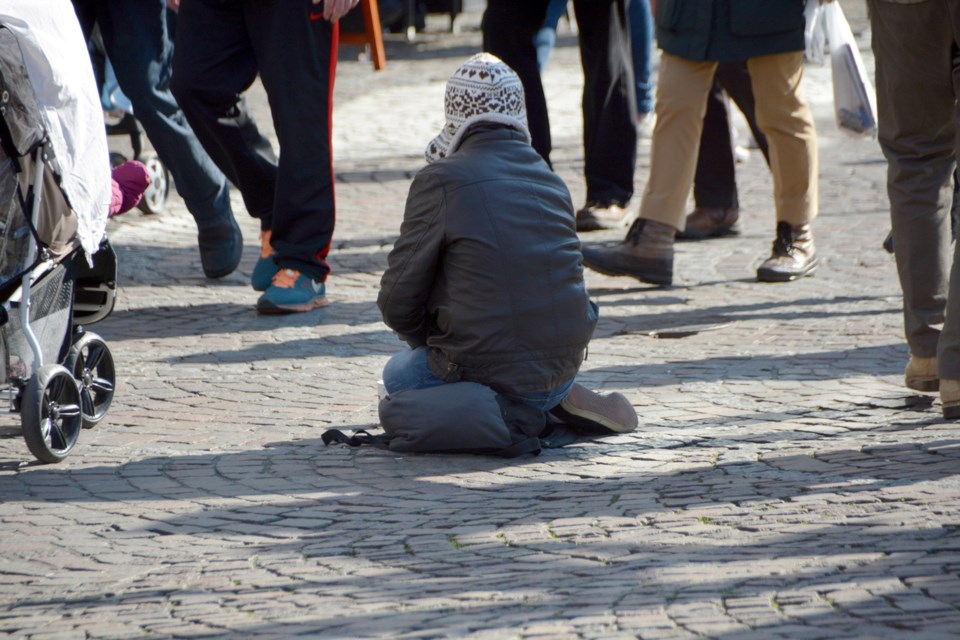Finding the right data is a tricky thing.
Getting accurate real estate data, for example, is important for governments to make property policy decisions, but many question how true the existing data is – especially when it comes to determining the number of foreign buyers.
That’s why things like the national census are so important to help develop government policies.
But when it comes to homelessness, it can be extra tricky, because how do you track down people who don’t have a home?
That’s what the BC Non-Profit Housing Association attempted with the region’s first-ever Youth Homelessness Count on behalf of Metro Vancouver (regional district).
What the count found was sad, with at least 681 youth aged 13 to 24 homeless in Metro Vancouver in April.
The count used a different methodology than the general homeless counts conducted every three years. Rather than have volunteers spread out across cities, counters surveyed young people at youth centres, high schools and shelters, as well as collecting statistics from service providers.
“We know that youth are often part of a hidden population,” said Lorraine Copas, chair of the Metro Vancouver Homelessness Partnering Strategy community advisory board.
The majority of respondents (74 per cent) were couch surfing or staying in a shelter, transition home, detox centre or recovery house.
Vancouver topped the list (349), followed by Surrey (106) and the North Shore (64). But Copas said there is likely more of an undercount in cities such as Burnaby (34), where there are fewer service providers able to connect with homeless youth.
That last bit is a damning statement for the City of Burnaby. With no shelter, homeless youth are unable to get the help they need. Some might think the youth will just gravitate to another city with services, but it doesn’t always work like that. If the youth is from Burnaby, they will often stay in their community because that’s where their support network is.
There are many situations that lead to a young person finding themselves without a stable home, but family breakdowns and youth aging out of foster care are common, as more than half of the youth said “family breakdown” led to their homelessness, and most surveyed said they had been in the foster care system at some point.
Oh, if you’re still one of those dinosaurs yelling “Get a job!” the report also highlighted the fact that nearly one in five youth in the survey said they were employed at the time.
According to Copas, this is an important reminder that “they’re doing the best that they can with what they’ve been given and I think, as a society, part of our role is to help any youth realize their full potential.”



